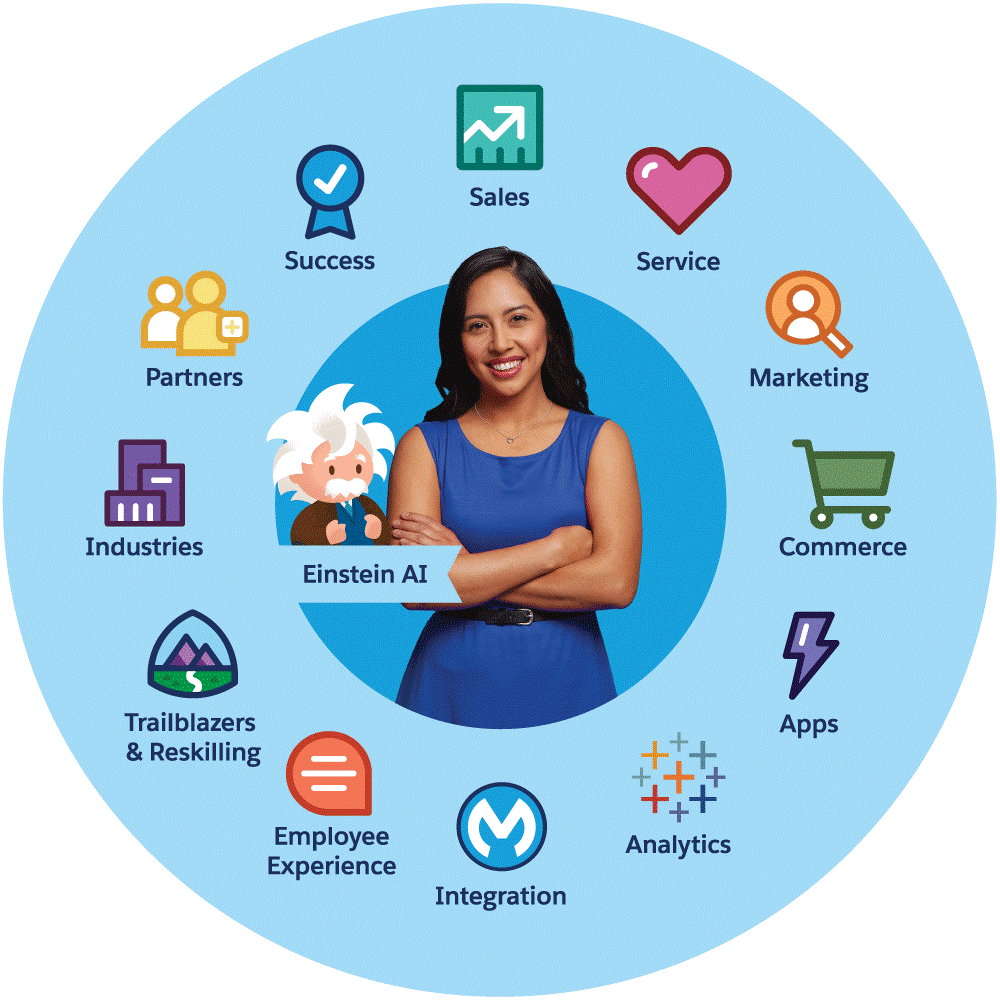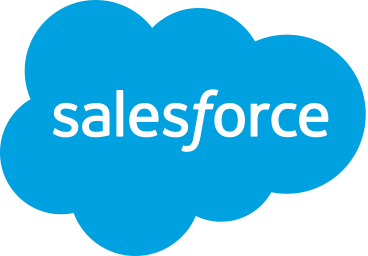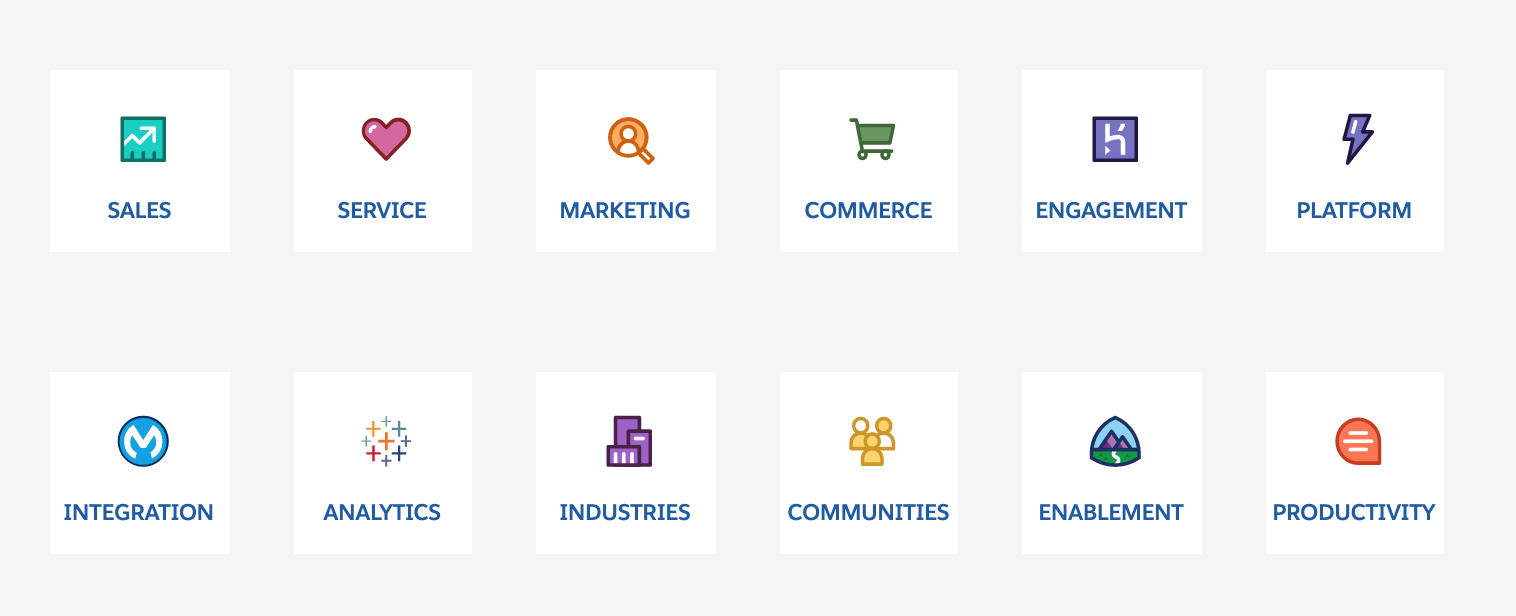
Integration platform as a service represents the next generation of application integration
No trend in the world of IT has had more impact on businesses than the move to cloud computing. From enterprise applications like Salesforce, to infrastructure platforms like Amazon EC2, to social media services like Facebook and Twitter, the cloud is changing the IT landscape. However, as companies move their applications en masse to the cloud, they are hitting a major roadblock for success — namely, integration. While these same organizations have spent the last 15 years integrating their enterprise applications to break down silos of information, they are now seeing a renewed problem of "cloud silos” and facing the dark side of SaaS integration. With little to no barrier of entry in adopting SaaS, companies are deploying numerous SaaS applications without IT involvement, resulting in hundreds of applications and services in the ecosystem, all siloed off and unable to communicate seamlessly with one another.
Integration across the enterprise is becoming a huge challenge for not only business end users but also for providers of SaaS and cloud services. This new set of integration problems requires a new platform for solving them. A new category of cloud integration solutions is emerging called integration platform as a service (iPaaS). For more information about this category, take a look at Gartner's report on enterprise integration.
iPaaS: The next generation of integration software
iPaaS is now emerging as the next generation integration platforms for integrating cloud applications with one another and with on-premises and legacy applications. Simply put, an iPaaS is a cloud integration platform as a service, enabling connectivity to SaaS and cloud services and providing a secure method of accessing on-premises applications behind a firewall. An iPaaS can solve the problem of cloud silos by providing businesses a way to integrate cloud-based services with each other as well as with on-premises enterprise applications in a hybrid integration model.
There are many essential elements of an iPaaS solution. First and foremost, it must have a robust set of connectors for SaaS and cloud services, with an ability to quickly add more as new services emerge in the fast-changing environment of cloud technologies. It should also recognize that most organizations will have a mix of on-premises and cloud-based assets, and provide a secure method of integrating with existing on-premises applications and infrastructure, including legacy systems (e.g., CICS, AS400). The ability to connect legacy systems and cloud applications to support on-premises and cloud integration in a hybrid architecture is vital to businesses, and key in effective iPaaS solutions. In contrast with inflexible "black box" SaaS integration tools on the market, an iPaaS should be open enough that integration solutions can be built and customized to address the nuances of typical SaaS integration scenarios. Developers must also be able to use familiar tools and processes to build and configure integration-style applications, without changing the way they work.
In addition to meeting developer needs, there are essential “nuts and bolts” requirements for an iPaaS. Such solutions must be based on a robust core integration engine and be highly available, reliable, and secure. There must be powerful management tools to understand the performance of applications, monitor them and provide auditing and alerts. It must allow for seamless and transparent ramp-up of more capacity as the demand grows. Finally, an integration platform must be future-proof and API ready, so as to easily adapt to the changing ecosystem and grow with changing business needs.
iPaaS is emerging as the next-generation integration technology, gradually replacing traditional forms of integration middleware. iPaaS will provide the last essential component to realizing the benefits of a cloud architecture.
Even as this new architecture takes shape, however, the transition will not be immediate. Businesses have generations of existing systems and it is crucial that they integrate with these new services. These legacy applications must be accounted for in any new architecture and a seamless transition is required. According to Gartner, “Users should plan for a gradual shift from on-premises IT architectures toward a hybrid model in which these architectures coexist and interoperate with public cloud-based architectures.” While the evolution will not immediate, businesses need to begin the transition process today.







